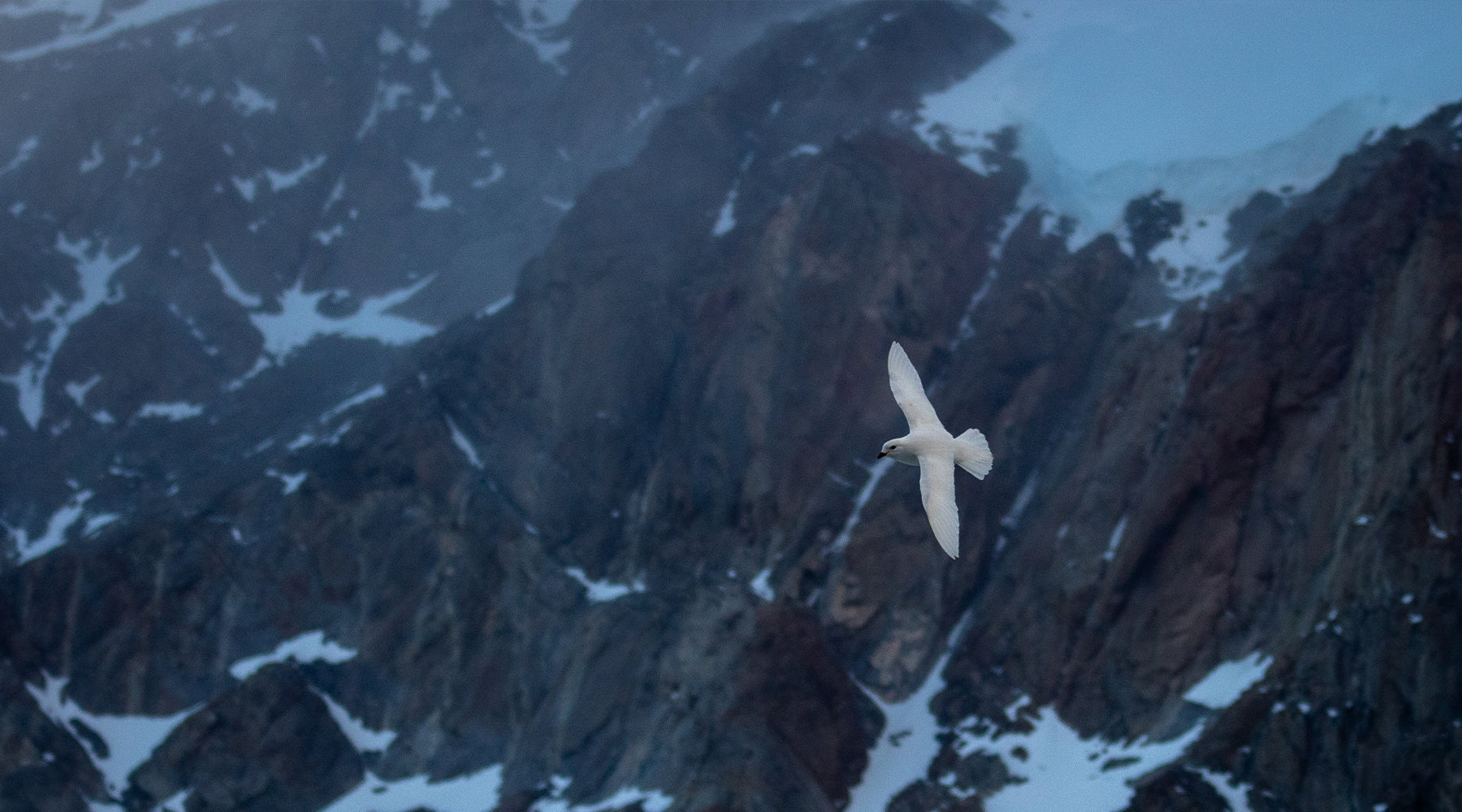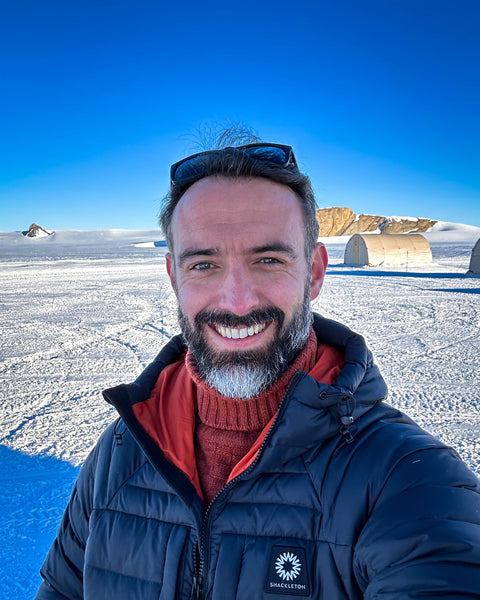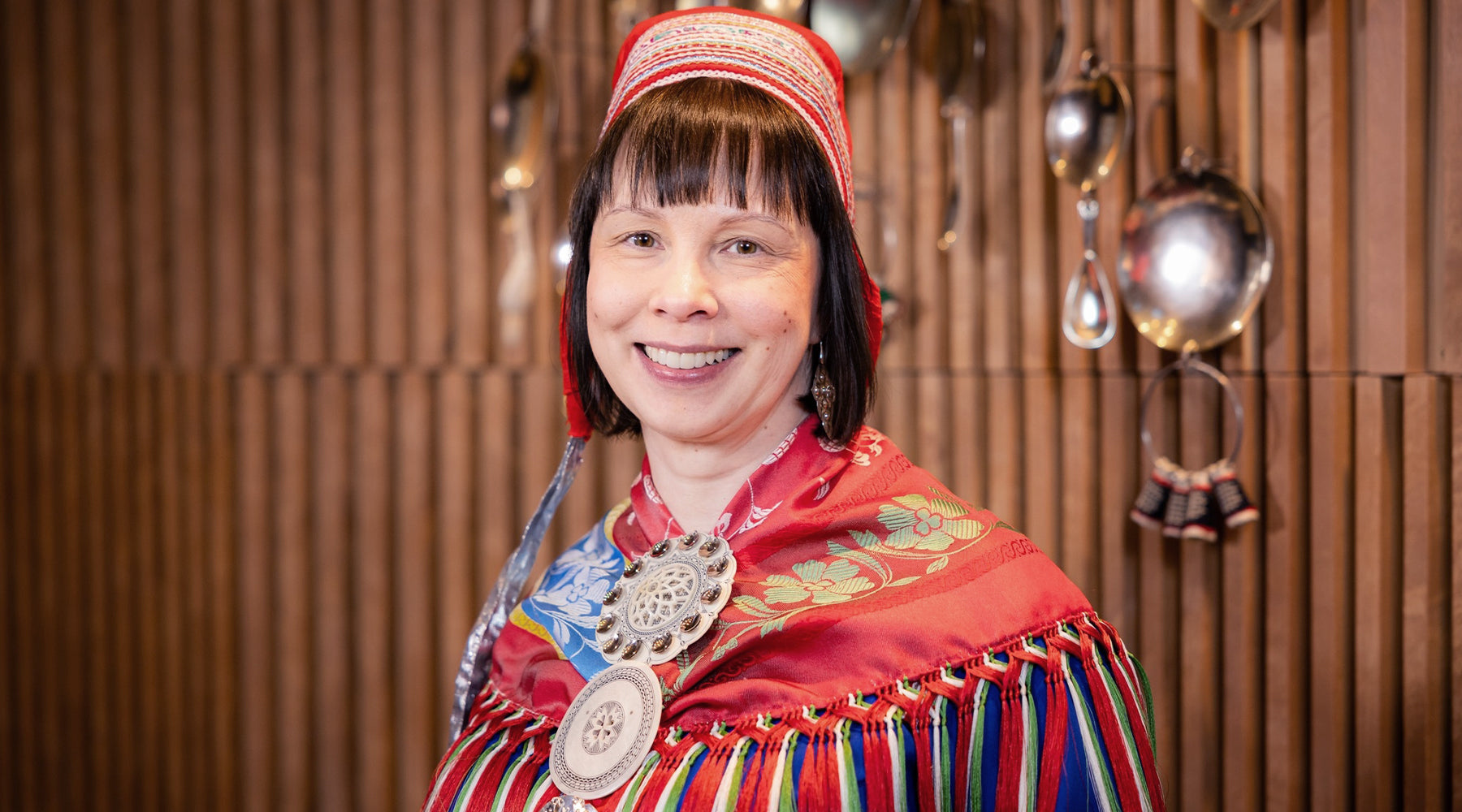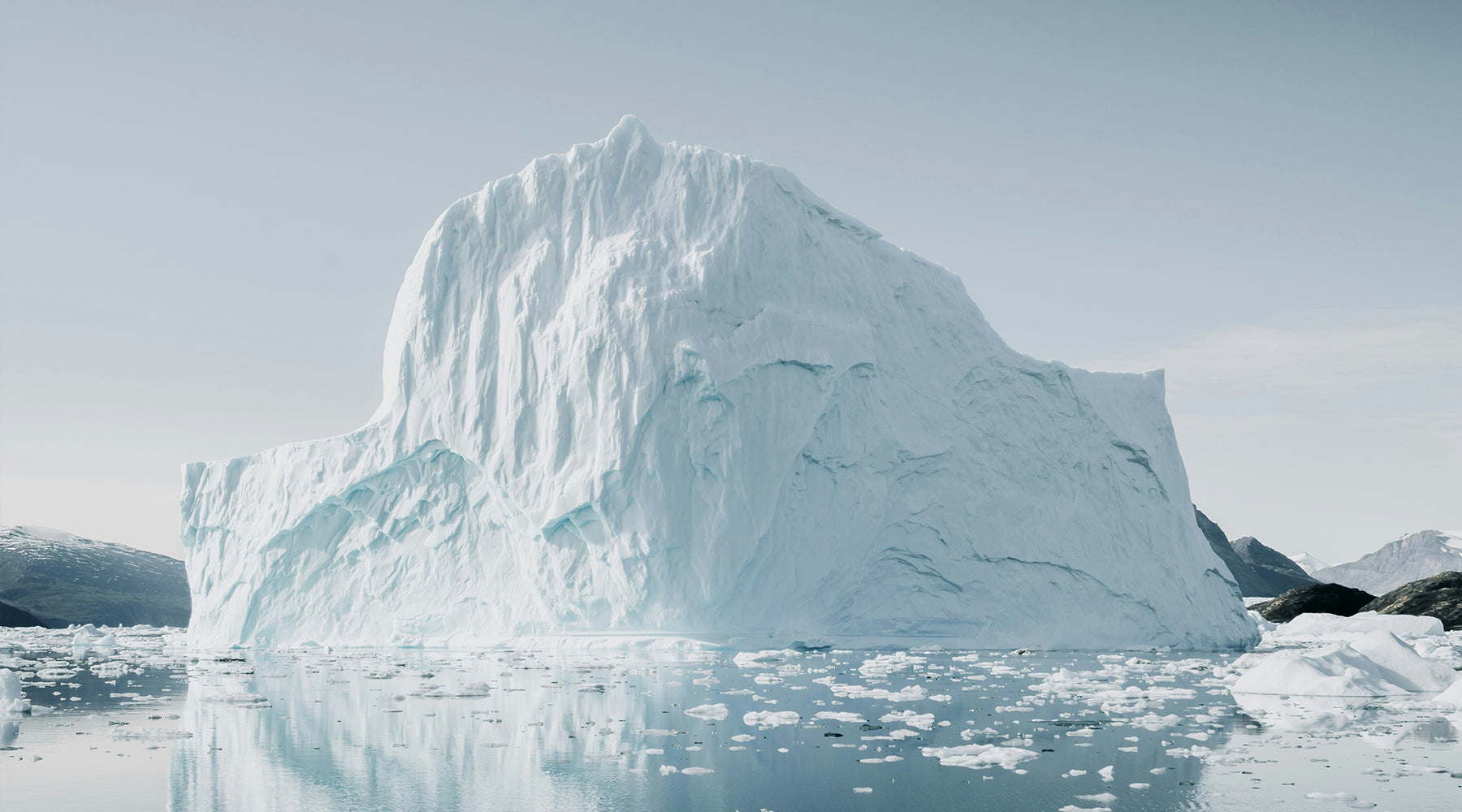
EXPLORING LAKE UNTERSEE: JAMES GRECIAN
This Antarctica season, Dr James Grecian was on expedition with fellow Durham University scientist Thale Damm-Johnsen to explore the mountains around Lake Untersee, the largest freshwater lake in central Dronning Maud Land. Read on to learn more about his research.
We flew into Untersee from Wolfs Fang in a Twin Otter, an incredible Antarctic workhorse of a plane that can seemingly land on almost anything including in our case an ice-covered lake. We were squeezed into the front, while our supplies, equipment, fuel, and a skidoo were piled up behind us. The view from the plane on our short flight east along the northern edge of the Wohlthat Mountains was stunning. Jagged peaks and shear faced slabs interspersed with wide ice filled gullies. To the south of them the icefalls of the plateau. All lit in a low orange light.

There’s no formal runway at the Untersee Oasis. Instead, the pilots can either land on the lake ice or the Anuchin glacier above depending on local weather conditions. The wind can change a lot in the basin, so we first take a high wide loop skirting the mountain ridges. The plane jumps and skips in the wind blowing over from the Antarctic plateau. In the week prior to our arrival, 162 kph winds ripped through the camp and destroyed several tents. On the second loop we drop down into the basin, land on the southern end of the lake and taxi across the ice to the camp on the northwest shore. Conditions here can change quickly, so we unload our equipment, it takes 8 of us to lift and drag the skidoo out of the rear doors of the plane, and they leave.
Lake Untersee is fed by meltwater from the Anuchin glacier to the north and bounded by mountains on three sides. A hanging glacier at the far southern end of the lake occasionally avalanches snow and ice into the basin. One night the boom is loud enough to wake us in our tents.
The surface ice acts as a thick cap that has sealed the water below for millennia, helping to form a unique ecosystem that offers an analog for life on other planets.

That is why scientists from the SETI Institute are here. The conical stromatolites discovered on the lake floor in 2008 are created by unique microbial communities, and Untersee hosts the largest known living examples. The conditions in the lake are thought to be similar to those found on other planets or moons like Europa - where a vast ocean is hidden beneath an icy shell.
We joined the SETI camp for our expedition but, rather than diving under the ice, our task was to explore the mountains surrounding the lake. These mountains are home to a large population of snow petrels.

We are studying snow petrels due to the unique deposits that form around their nests. These are created from stomach oil that is vomited by snow petrels when they fight over nest sites or defend their young against predators. The climate in Antarctica is so cold and dry that this oil solidifies, trapping with it a record of snow petrel diet.
During the Antarctic summer, snow petrels form breeding colonies amongst the boulder crevices of ice-free nunataks. However, to feed they fly 150 km back out to the coast and forage amongst the pack ice. These deposits therefore provide a record of the prey communities found amongst the ice.
Previous deposits collected from the mountains around Untersee have been older than 50,000 years. Providing an incredible record of diet and allowing us to retrace past environmental change in the Antarctic Ocean.
You can think of Antarctica is the engine that drives global climate. It is therefore critical we understand both how Antarctica has changed over the past and how it may change in the future. These snow petrel deposits are a vital resource that allow us to understand past climate.

Each day we hiked and explored a different part of the mountains surrounding the lake. This included trekking to the upper reaches of the mountains surrounding the lake, areas that have not been visited for 30 years. Collecting deposits from a range of altitudes gives us the chance to explore differences due to changes in the height of the ice sheet. The higher we could get, the older the deposits would likely be. The conditions were challenging; high winds, freezing temperatures, and loose scree that was hard to scramble up. It was often a case of two steps forward and one step back, as the scree slid beneath our feet. It was no easier on the return, carrying an additional 15kg of rocks down the mountain in our packs.
The landscape on the mountain tops resembled Mars; large, open, flat and covered with red sand and scree. Boulders the size of houses were strewn across it. It was also windy, we saw many ‘ventifacts’, boulders almost completely hollowed out by wind-driven erosion. The katabatic winds moving down from the plateau would reverberate across the basin with the deep hum of someone blowing across the top of an empty bottle.
Snow petrels dashed about in the air above us, at home in the extreme conditions. Occasionally one would zip past so close you could hear the wind ripping through its feathers.
After a week of trekking around the mountains we have collected enough deposits and it’s time to leave Untersee. Another storm is forecast and we need to get out before the weather window closes. I’m grateful for the opportunity to visit this beautiful place, but frustrated to be leaving so soon.
This expedition would not have been possible without the support of the Leverhulme Trust, White Desert, SETI and Durham University. More information on the project can be found here.
James spent a month at the remote Tor field station on the Svarthamaren nunatak last year and wrote about his experiences for Shackleton here.



